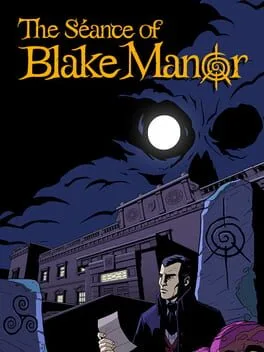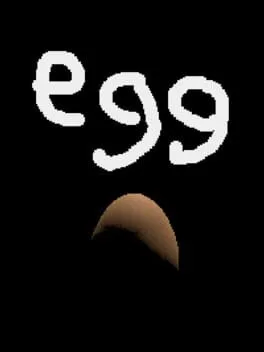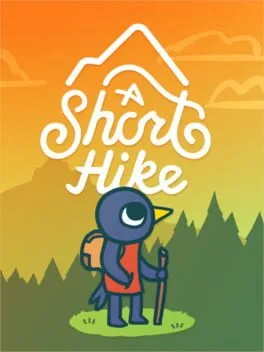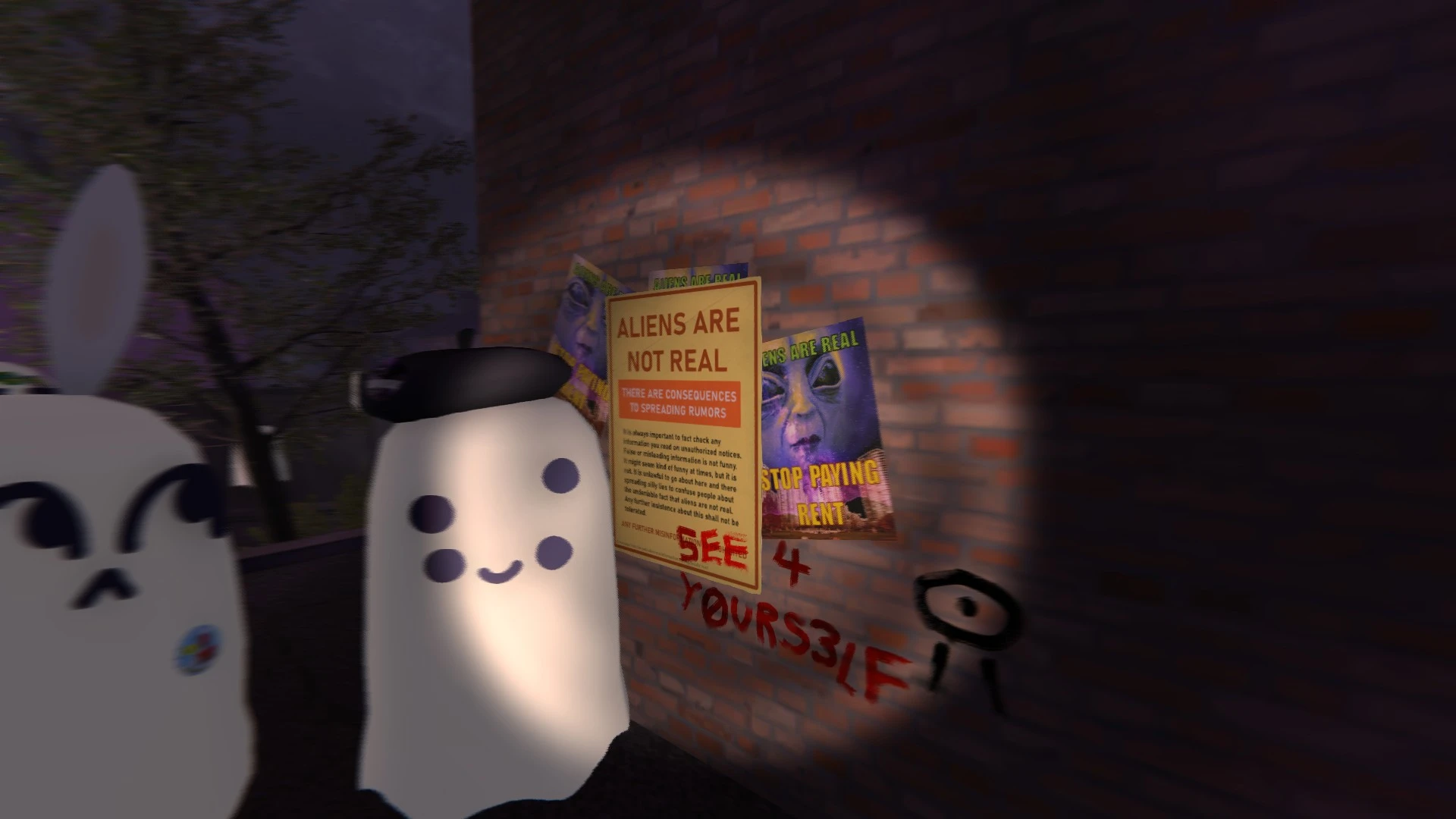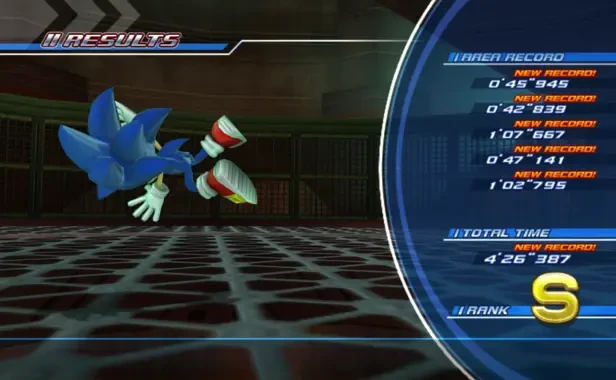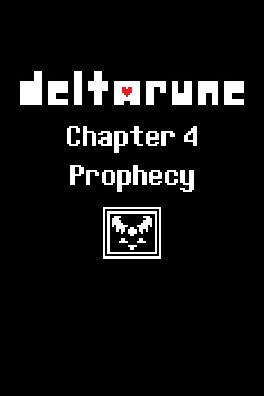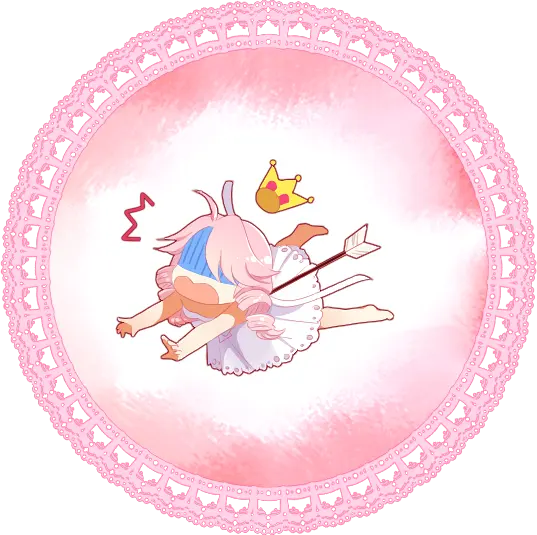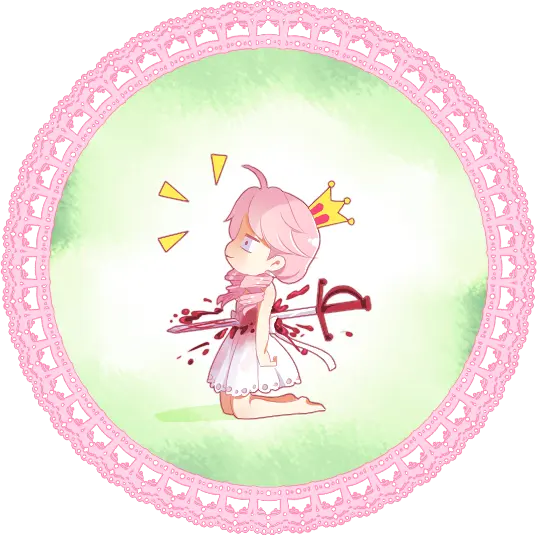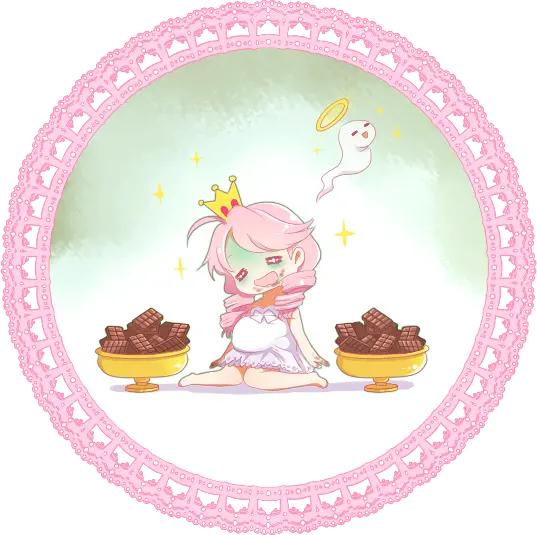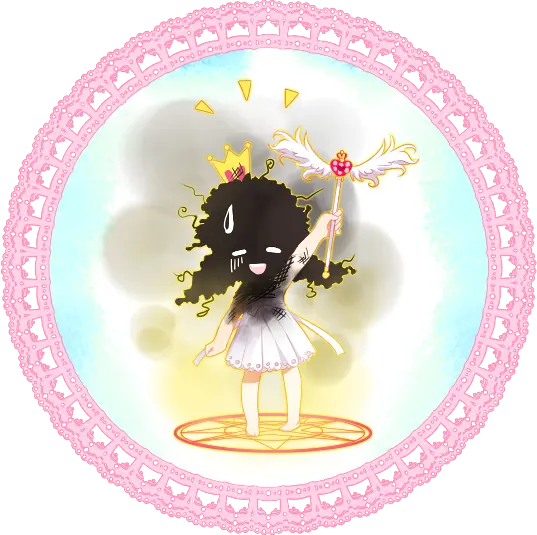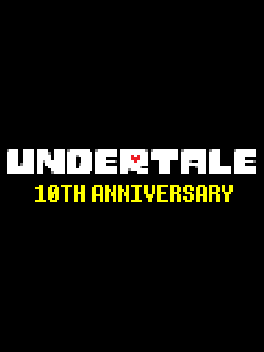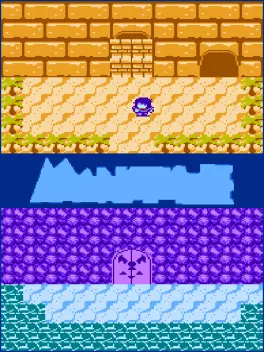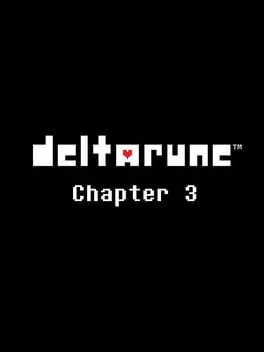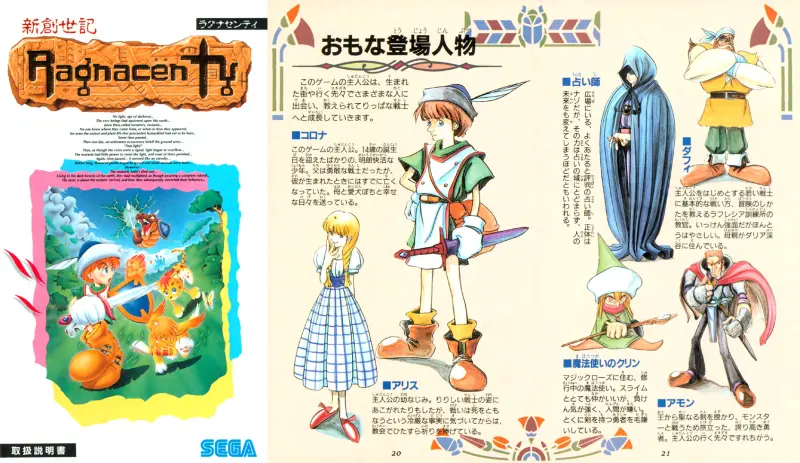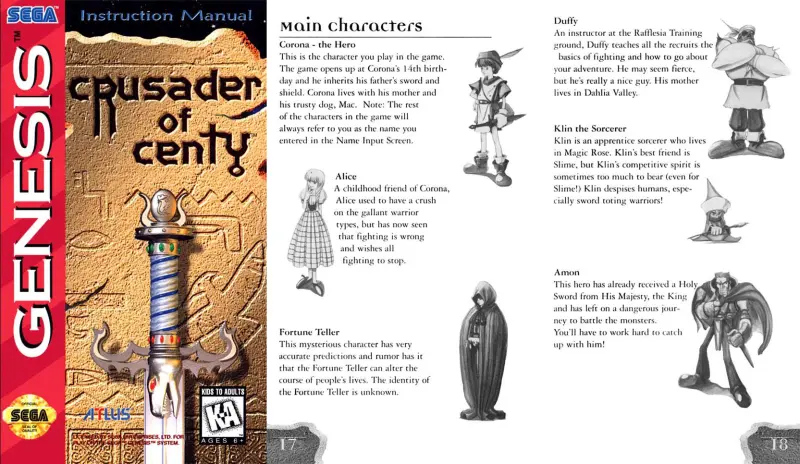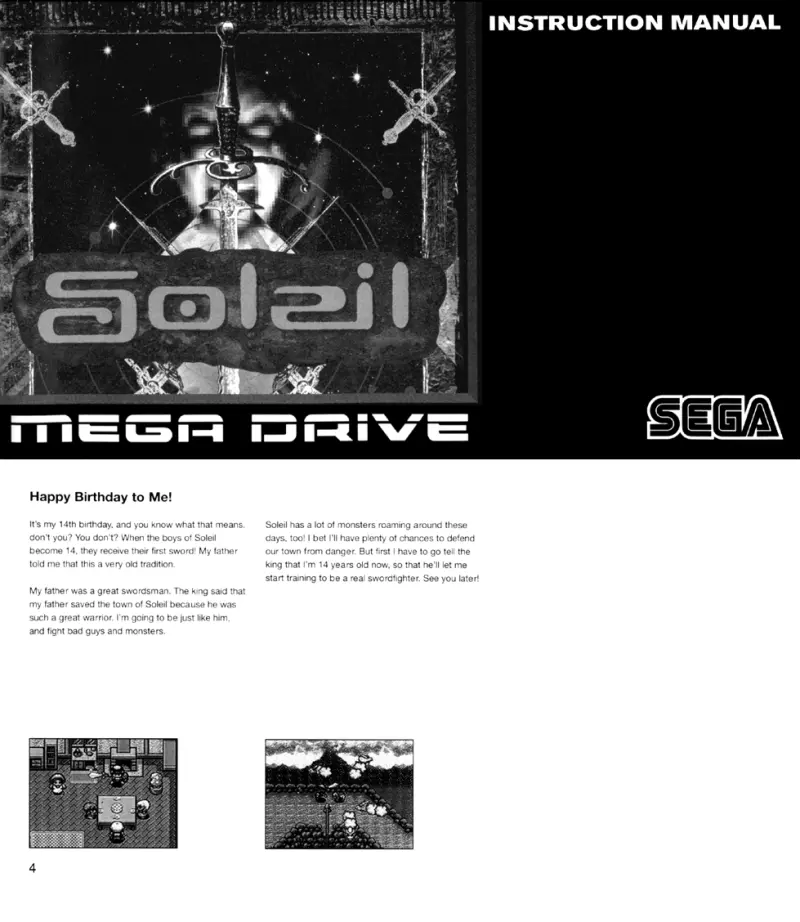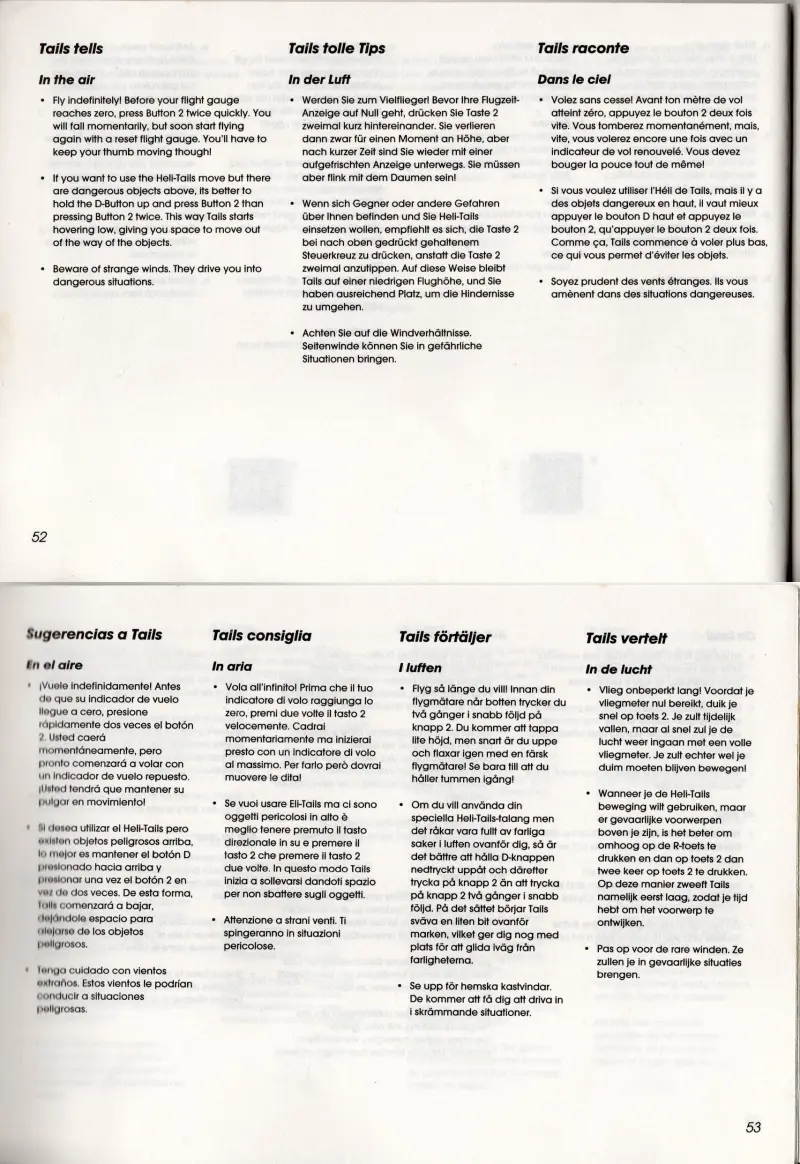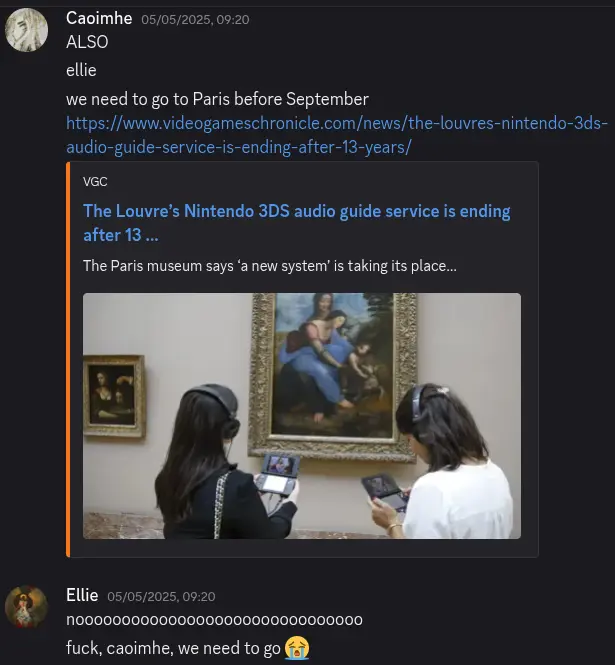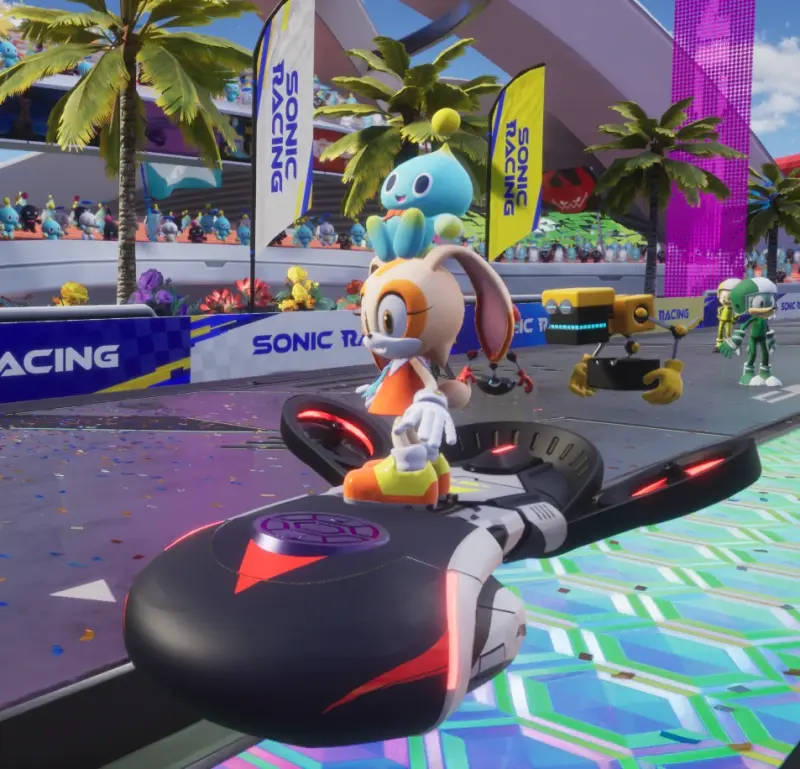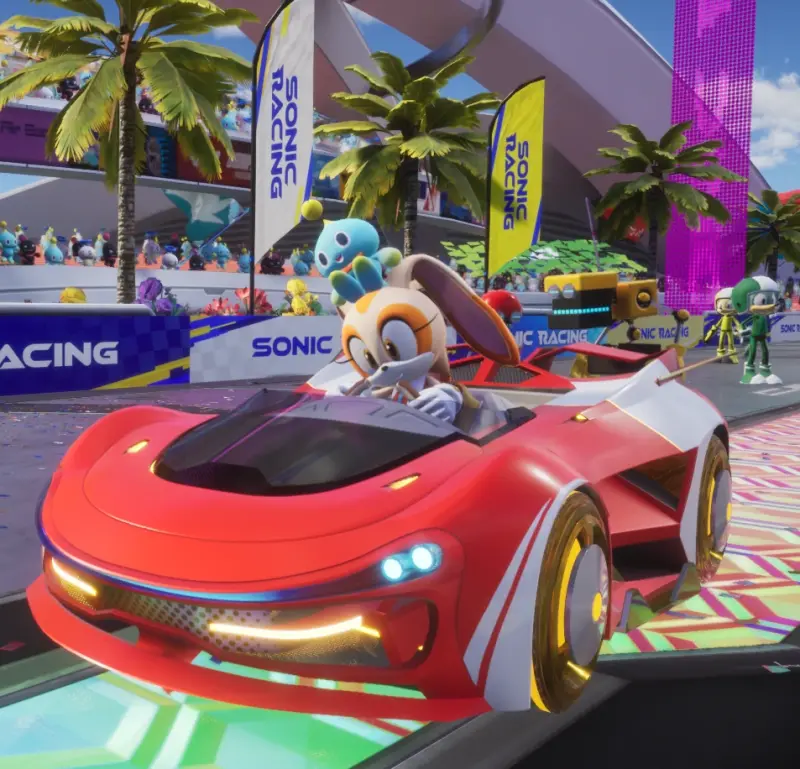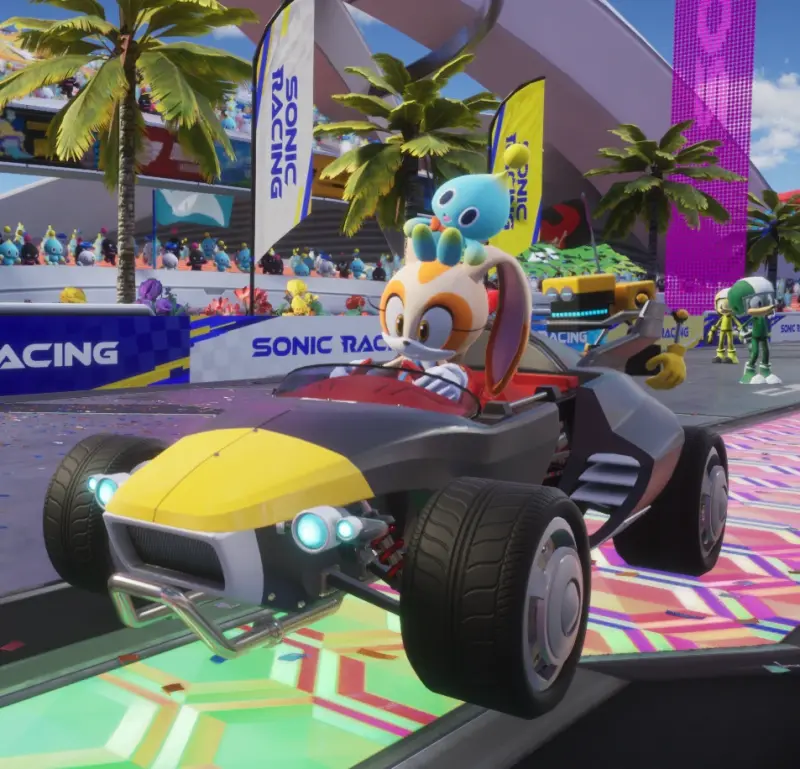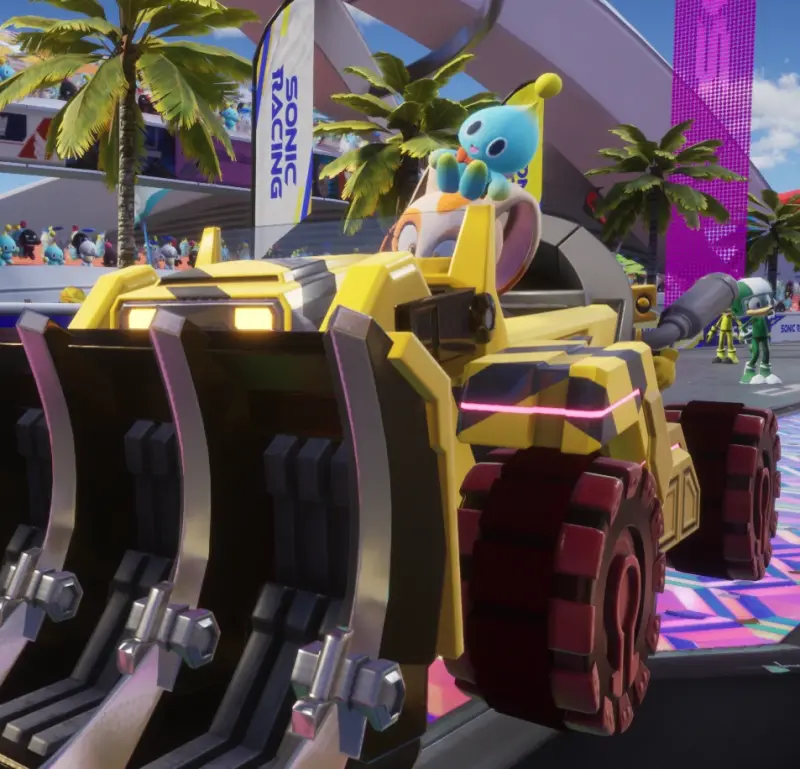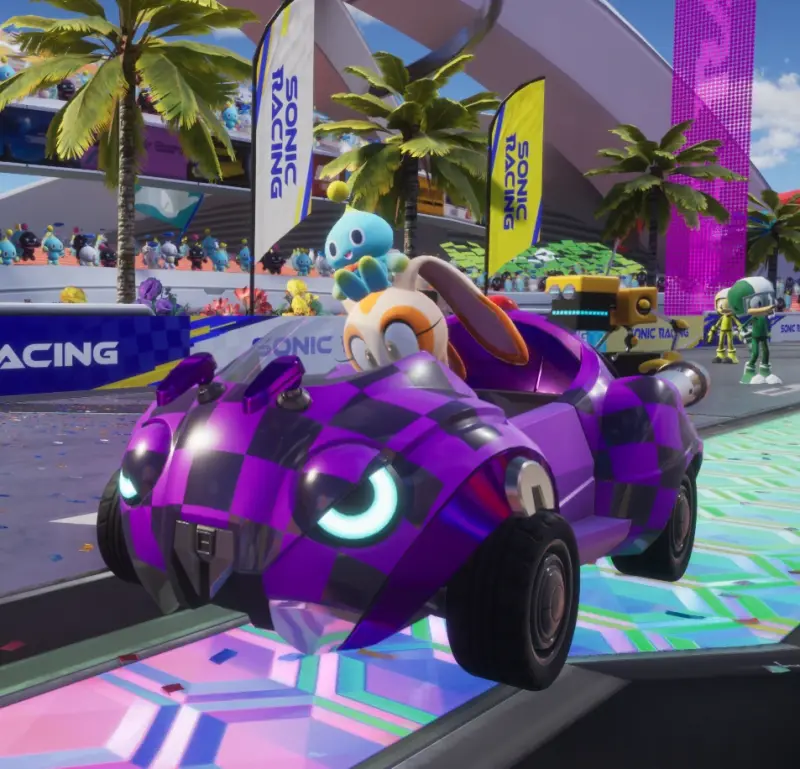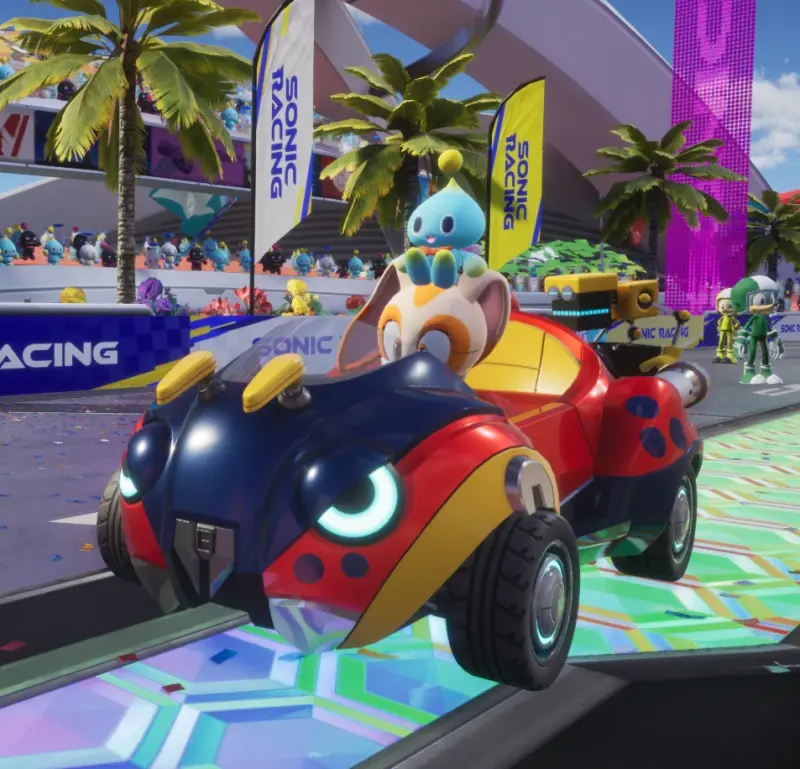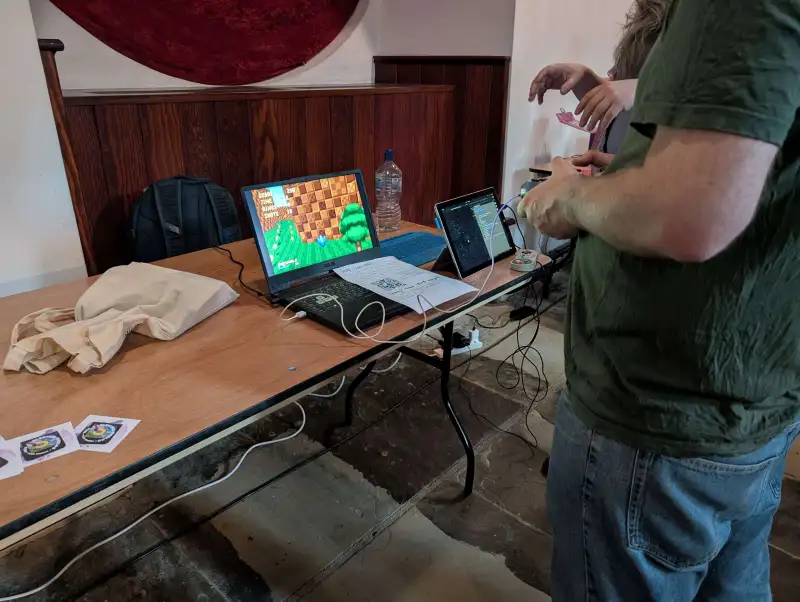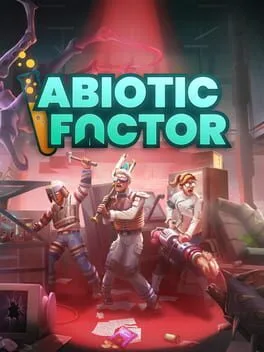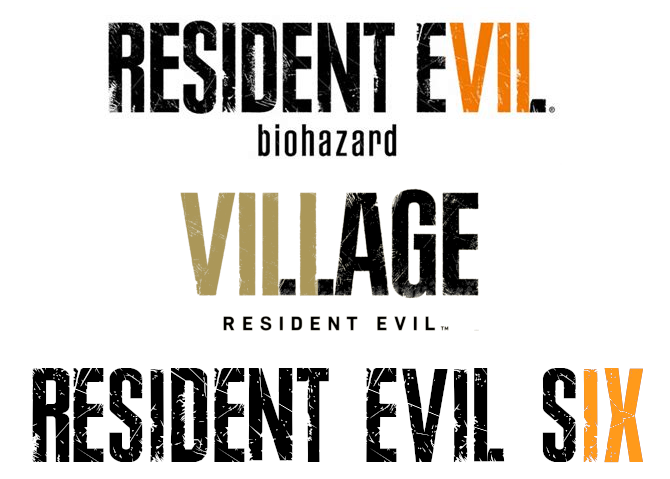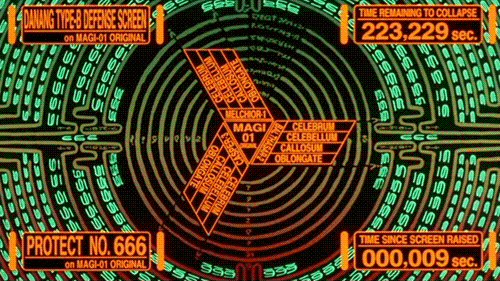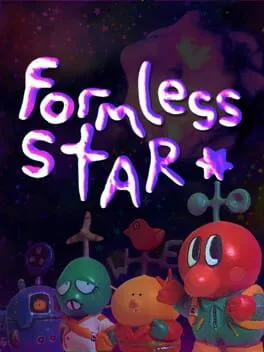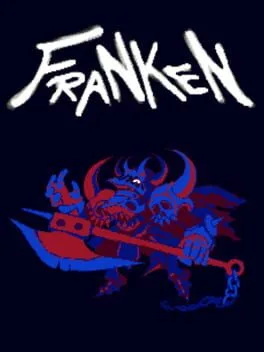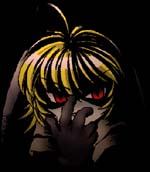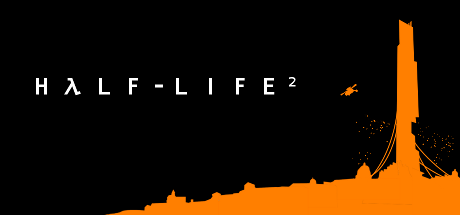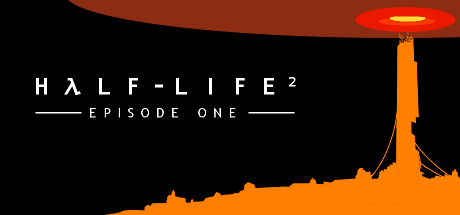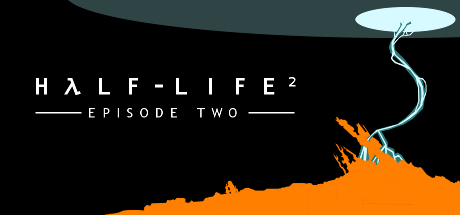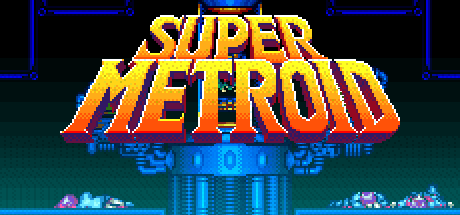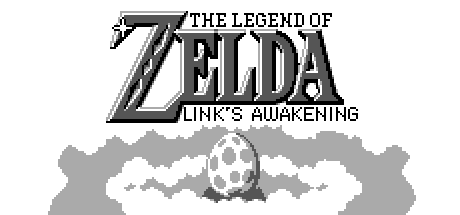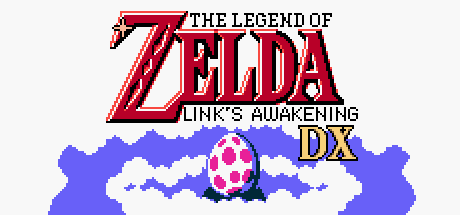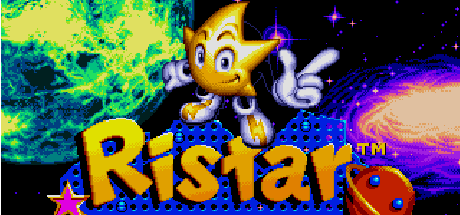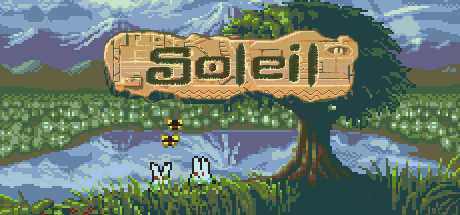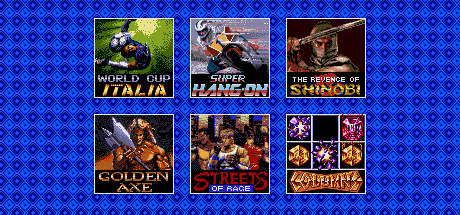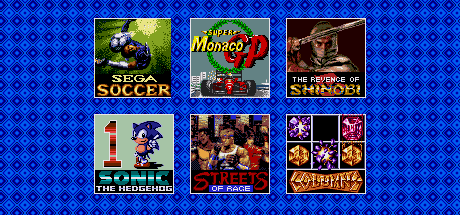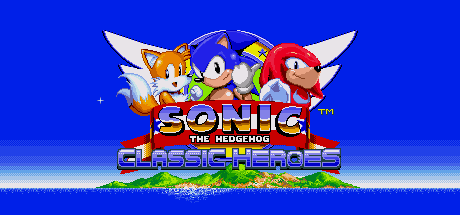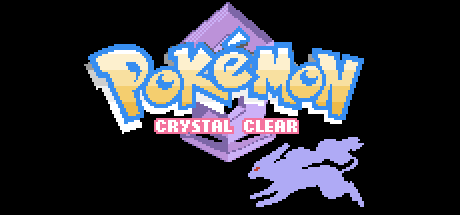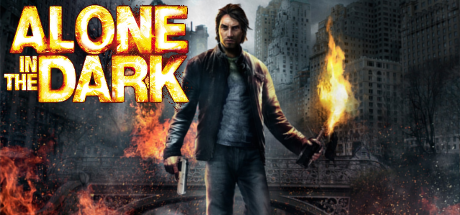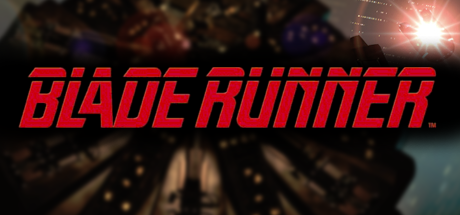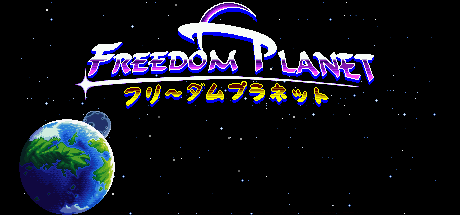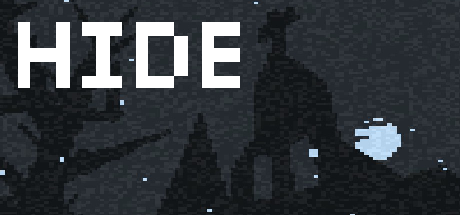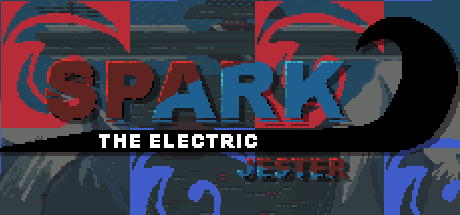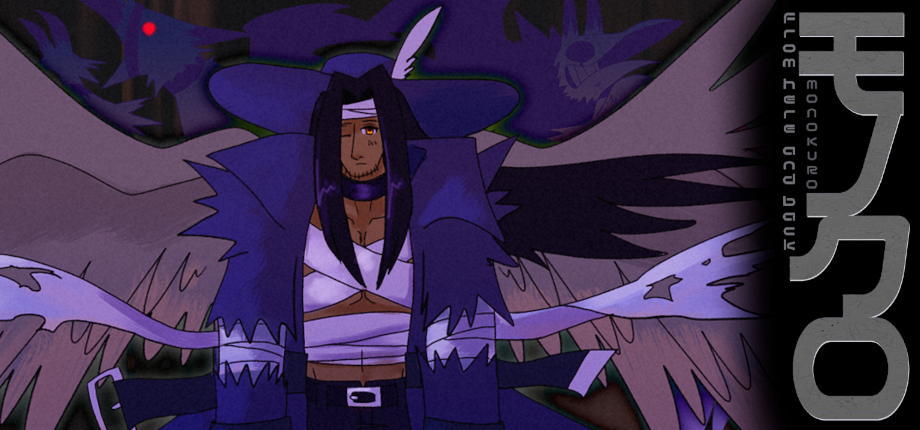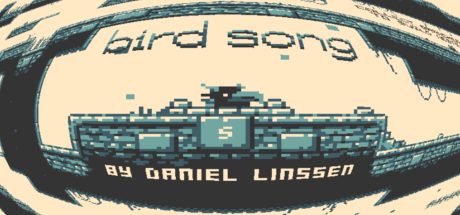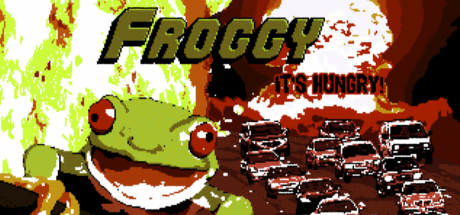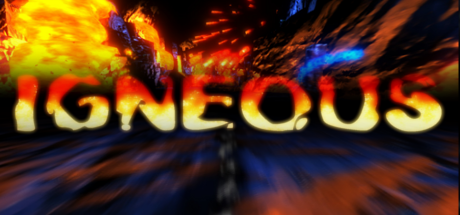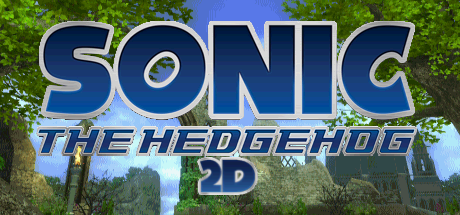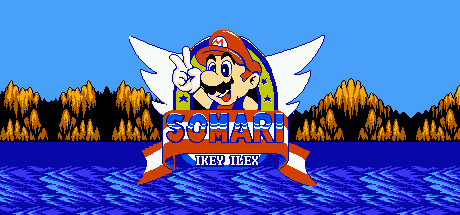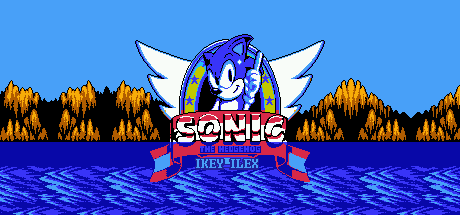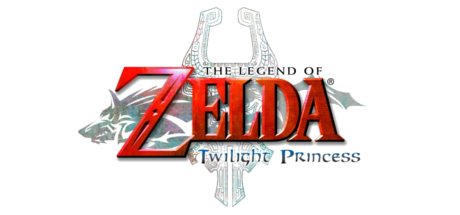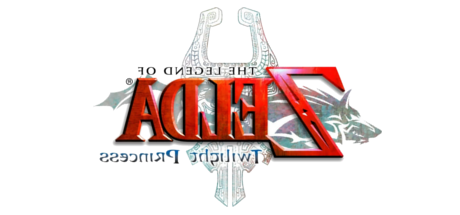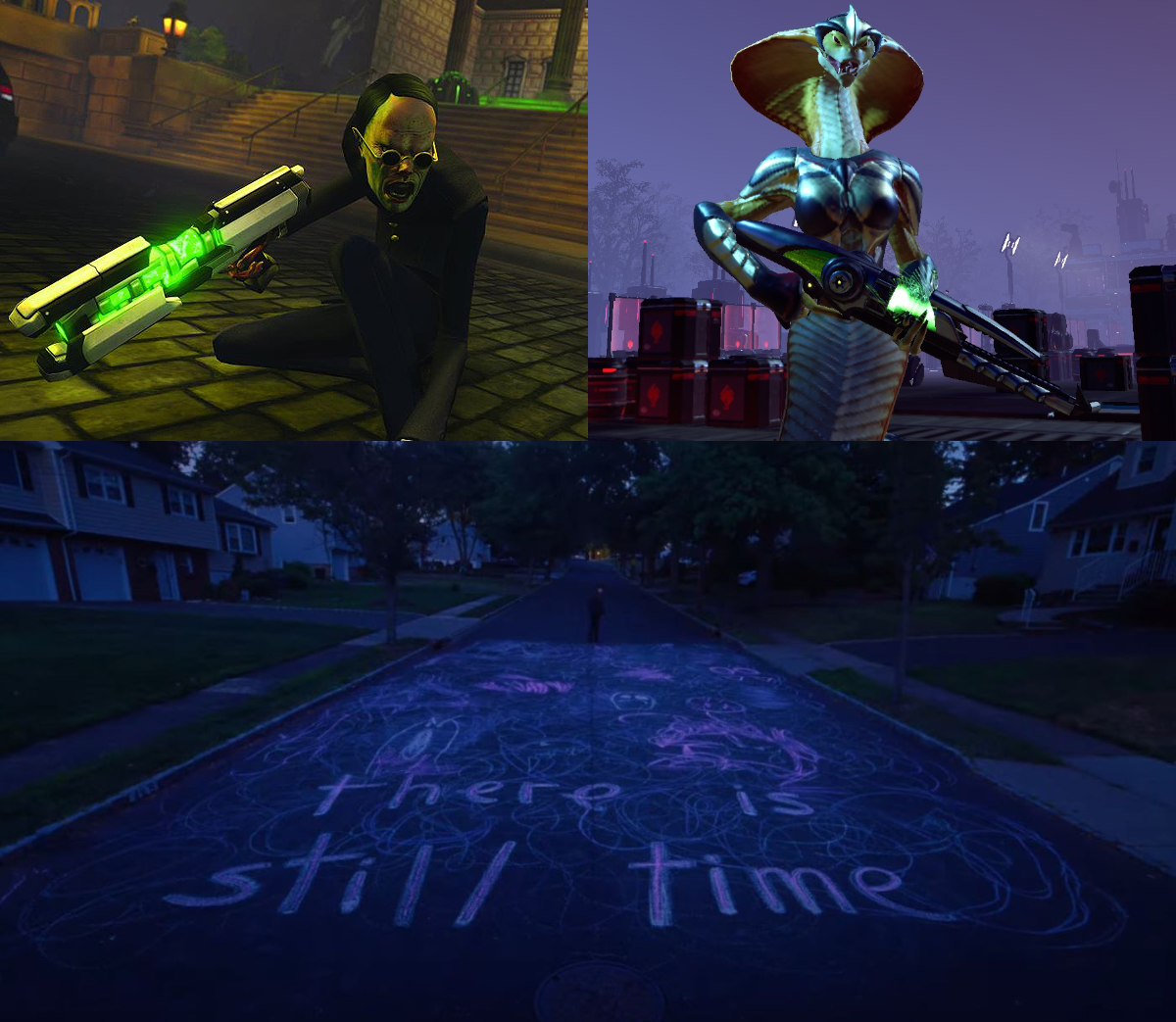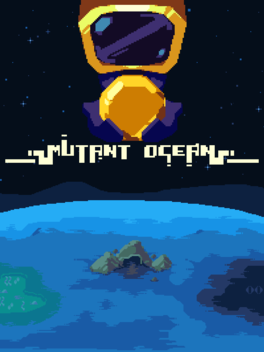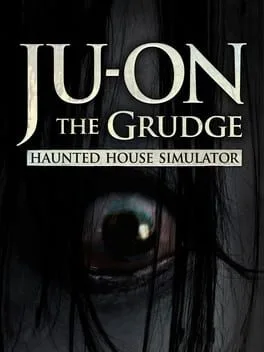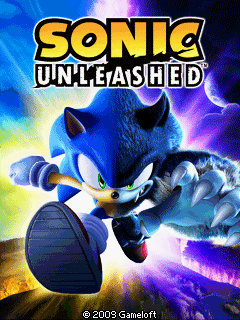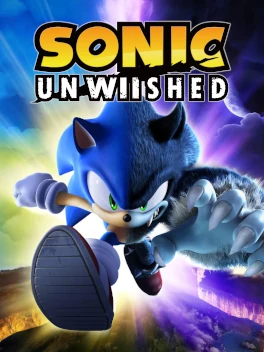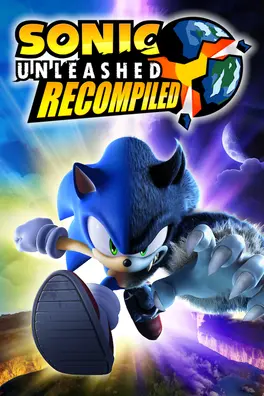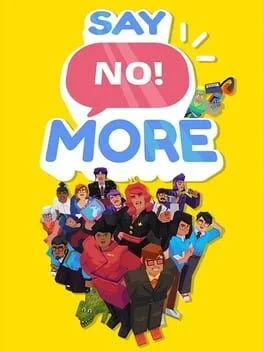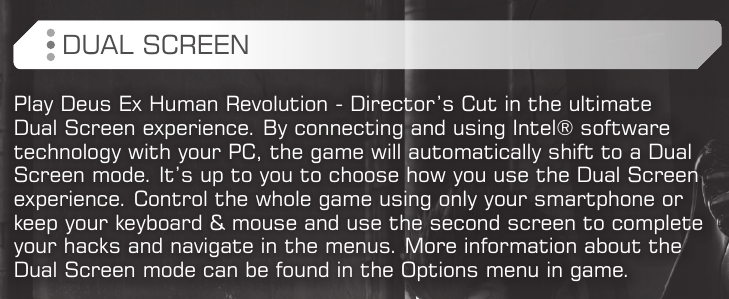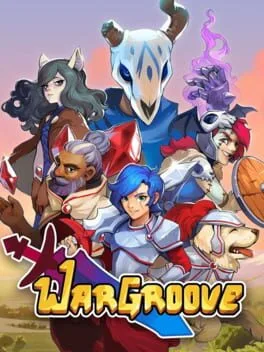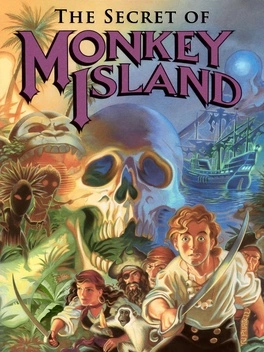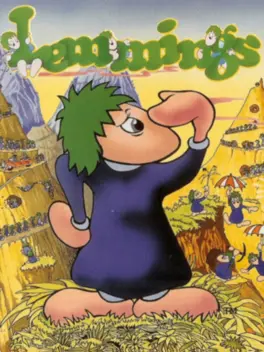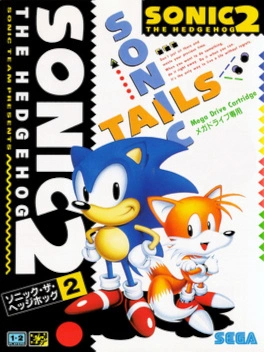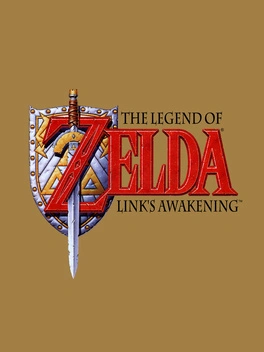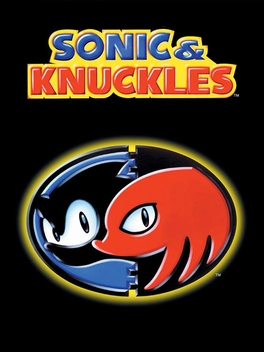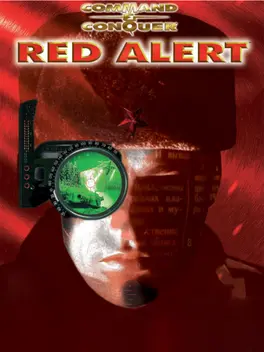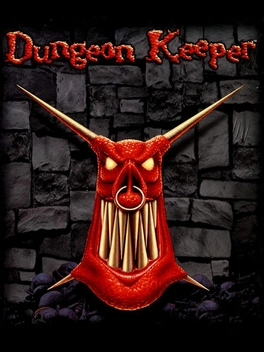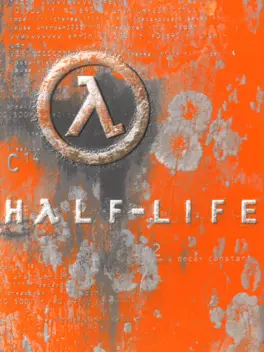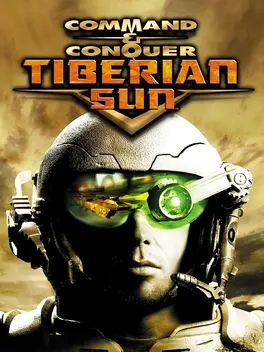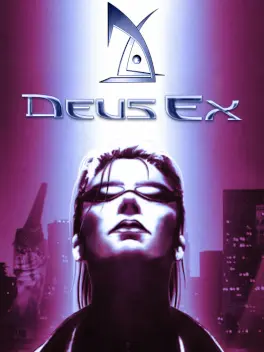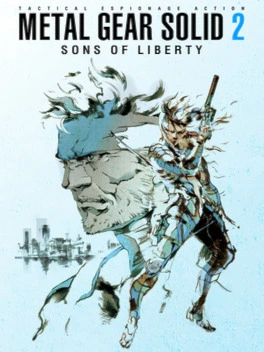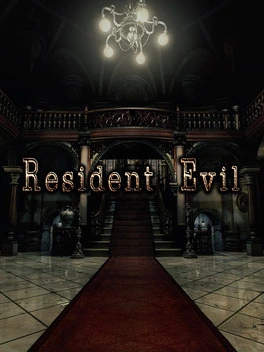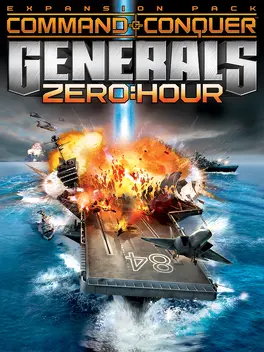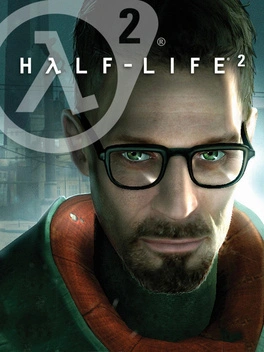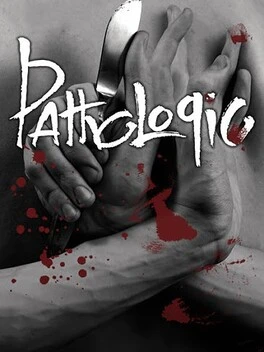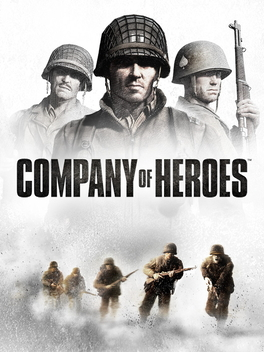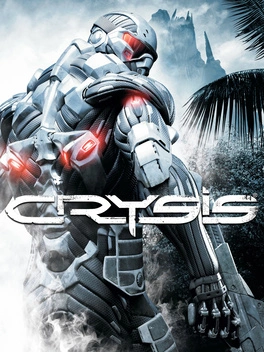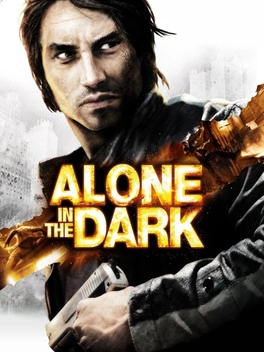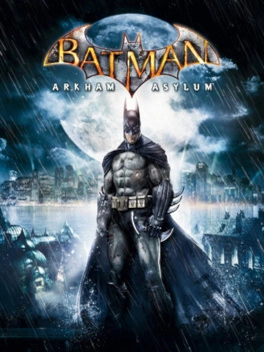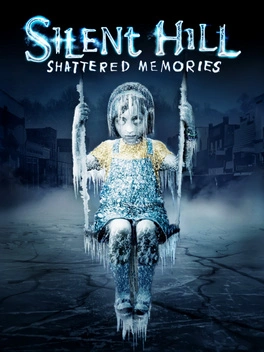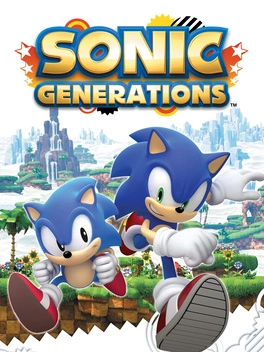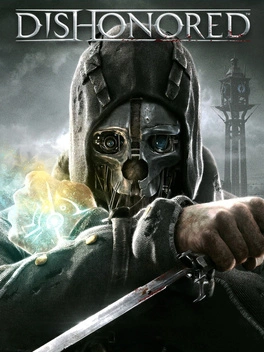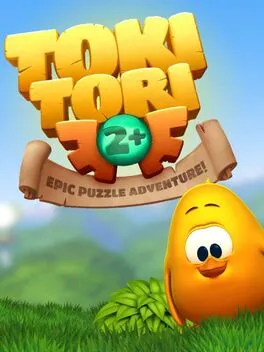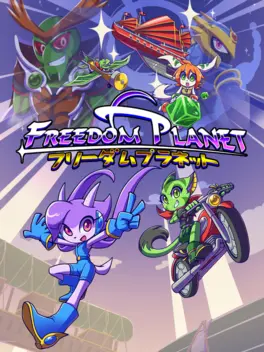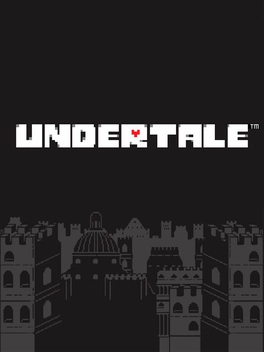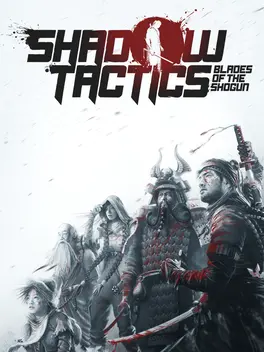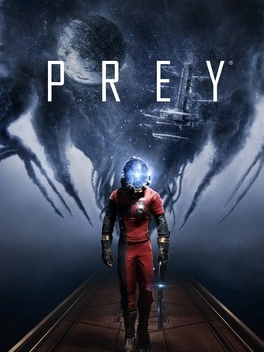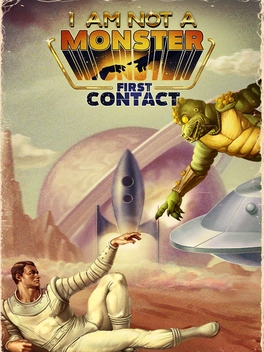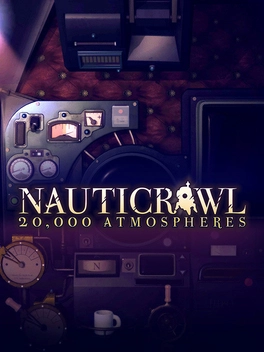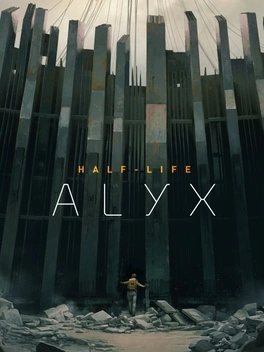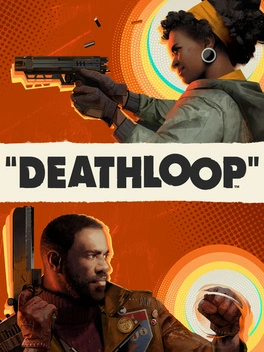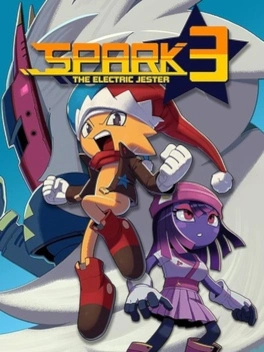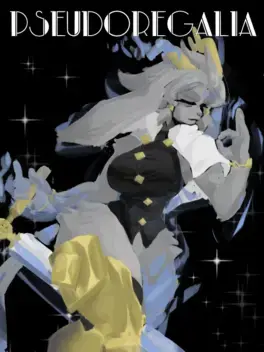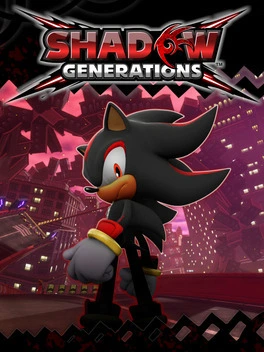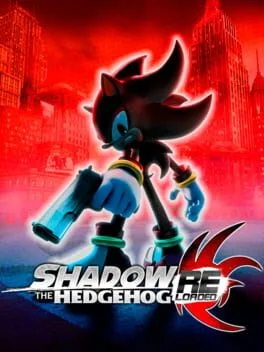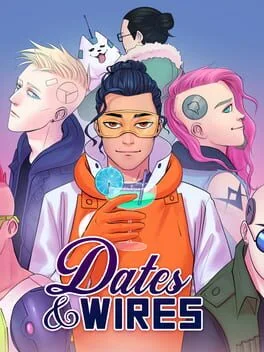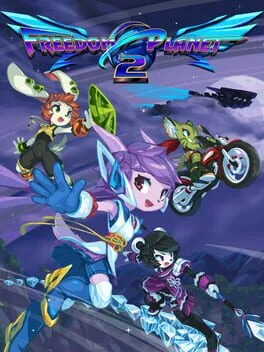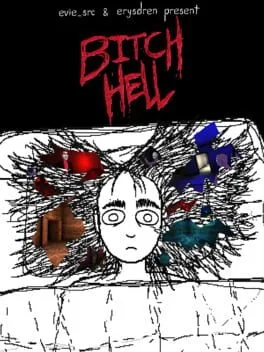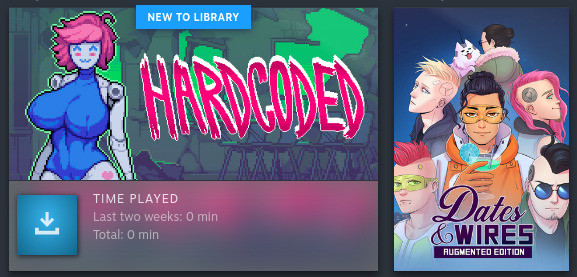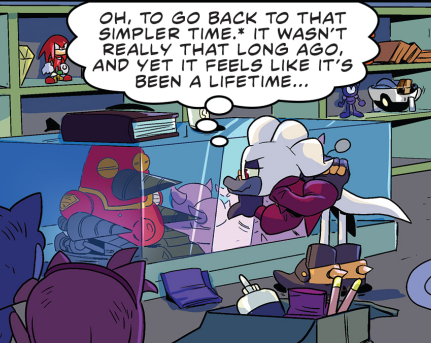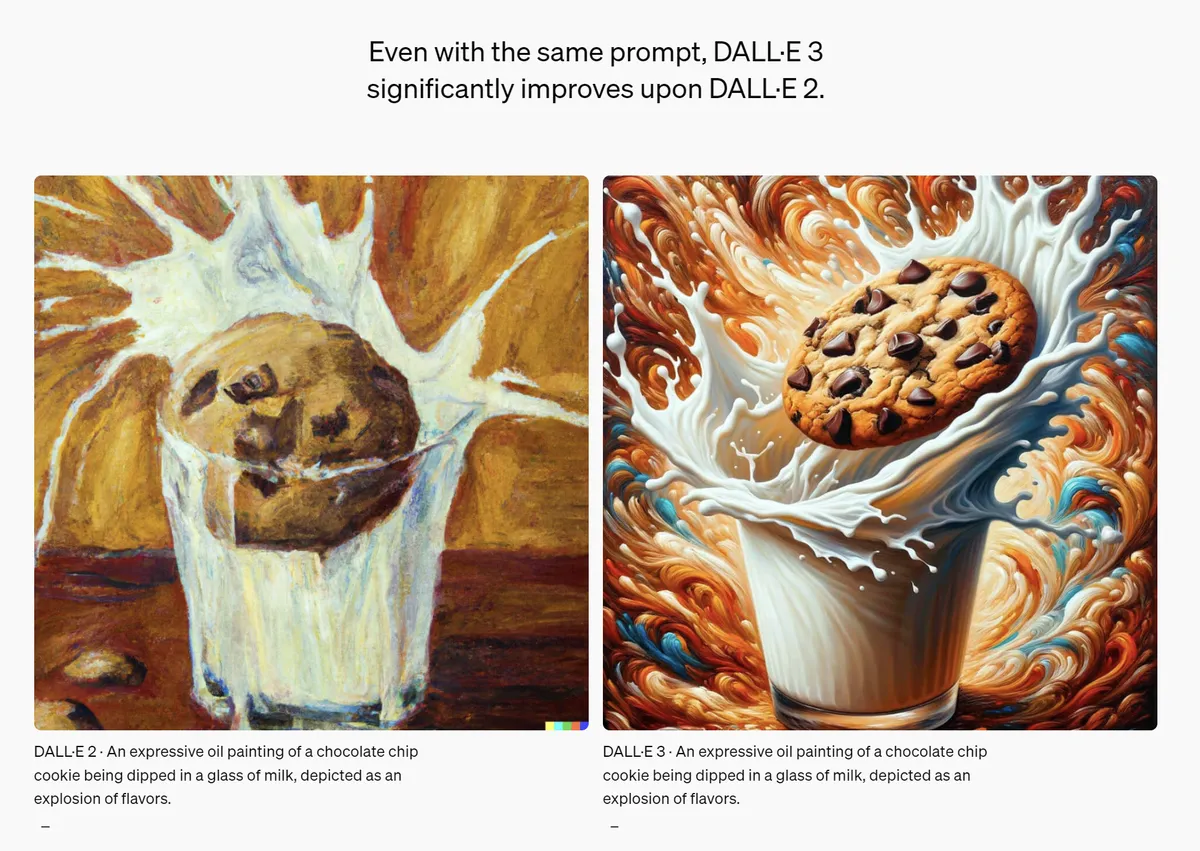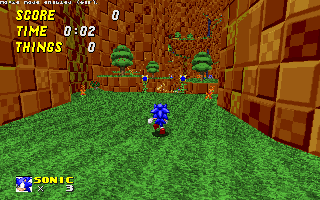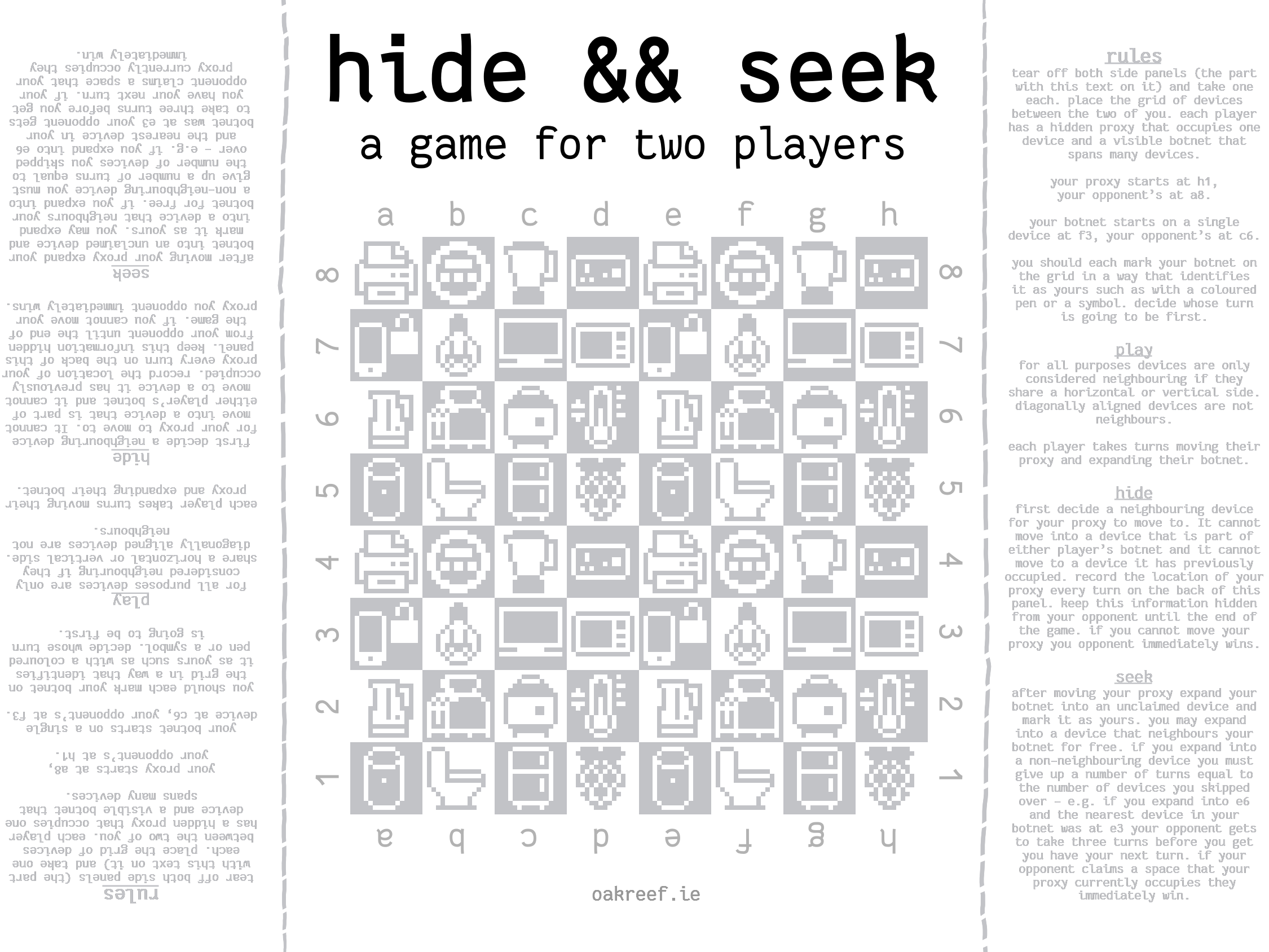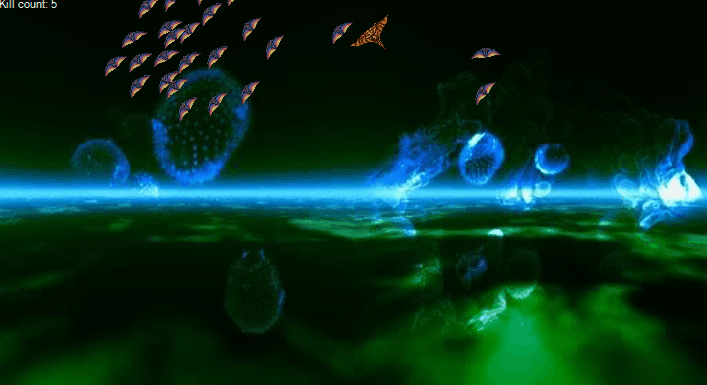
What I’m reading vol. XI
Vols.: I, II, III, IV, V, VI, VII, VIII, IX, X, XI
Hello. Been a while since I’ve done one of these. Life has been extremely busy. In the interim Ireland has elected a new president and several things I’m going to link to touches on that. Also Mike Egan has moved his own monthly reading roundup posts to their own website. Check out What Else Is On?
Also, Vócalóid…
Ireland
The Future Speaks Irish! — Seán MacBrádaigh
Tá súil agam é.
When Catherine Connolly began her election victory speech in Irish and continued in it, O’Connor admitted admiration for her fluency but could not resist wondering aloud how the English-only establishment figures beside her must have felt. The implication was that Connolly’s Irish was somehow impolite - as if speaking one’s own national language at the inauguration of an Irish President required apology.
That mindset - the instinct to pathologise authenticity - is the hangover of a post-colonial elite that still measures respectability by distance from our own culture.
I also liked Molly Noise’s thoughts on this.
Irish nationalism has historically avoided crass nativism (an Irishness defined by “blood and soil”, if you like) by dint of being anti-colonial and neccissarily recognising a common struggle with other anti-colonial movements and, of course, not ignoring the fact of our massive emigrant diaspora.
the 21st century irish far-right morass, ignorant of its own history and internet addicted, takes on the right wing nationalisms of the UK and USA, oft quite comfortable with NI Unionisms worst trends
Taking things Seriously — Paulie Doyle
And another way Connolly is frustrating the commentariat.
Collins doesn’t need references – he’s a Serious Guy. If you’ve ever picked up a broadsheet you’ve encountered them. They’re usually male and middle-aged, wearing a solemn expression indicating anguish about the prospect of falling house prices in south Dublin. They say things like politics is the art of the possible and this budget should be sensible and at the end of the day, elections are about getting votes. Their mugshots next to the serif font. This is a Very Serious Publication.
20th century television — Laura Michet
And then a somewhat different view into Ireland provided by Laura Michet.
Games
mgs3 and photorealisming the painterly game — Joe Wintergreen
Joe Wintergreen talks about the loss of visual identity in the remake of Metal Gear Solid 3. I am somewhat reminded of Kayin’s more acerbic words on the Demon’s Souls remake, though that is coming from a very different direction.
This connects to something I’ve talked about before: the way the costs associated with the visual end of game development have shifted around in counterintuitive ways. It used to be that photorealistic graphics were the most expensive goal you could strive for. They aren’t anymore – we have very efficient ways to do this now. And the more real the assets look, the more they’re interchangable – the exact same kinda-rotten fallen-over tree trunk is in InFlux Redux, MGS Delta, COD Warzone, and dozens of others. Which is fine in itself, as a labour-saving device, but you have to be careful about which labour you’re saving.
Starlight Spotlight: A Hospital Wii in a New Light — JMC47
I love reading the Dolphin progress reports and it’s always a fascinating read when the blog does a deep dive into something unusual.
In 1992, the Starlight Children’s Foundation partnered with Nintendo to bring video games into hospitals in a way that complied with stringent hospital regulations. Instead of subjecting children to magazines, books, and daytime television (if they were lucky), the foundation wanted to bring premiere entertainment right into their rooms by creating a hospital approved all-in-one media and gaming station. Their belief was that giving kids a well-needed break from the hardships of treatment, injury, and illness would promote recovery.
Snatcher [1988/1994] — Arcade Idea
Arcade Idea is back after a long, Polybius-induced absence, with some pretty scathing words about Snatcher.
This may be a Hideo Kojima game, and many of his tics and tendencies are already right here… but looking at Snatcher’s contemporaries and influences shows these formal tics and tendencies to be common and unremarkable within his scene. It’s only later, especially when he becomes removed from this context, that he becomes an odd specimen, the “auteur” — in particular, the 1992 PC-Engine CD additions to the text are far more akin to what is thought of as Kojimish, including an entire new conclusion which is essentially a 30 minute cutscene full of twist upon twist.
Spellgram — CD-ROM Journal
And Misty De Méo documents a Mac game that never saw the light of day that Outlaw Star’s Takehiko Itō worked on.
Spellgram is described as a “space fantasy” incorporating heraldry and hidden spells. Unfortunately, this hint is close to the only taste of what the game might have been; the catalogue is vague about the story they hoped to tell and how it would have played. The screenshots don’t reveal much about gameplay, though they imply an interesting setting. Even though the ship designs and space scenes are a bit generic, the contrast between them and the protagonist’s elaborate fantasy clothing is intriguing. Based on Bandai’s history, it’s likely it could have been either a CD-ROM film with limited interactivity or a more-involved Myst-esque graphic adventure.
Kink
Mechsploitation, Misconception, Bad-faith Criticism, and Transmisogyny — Erin
Some notes on the history of a genre and corrects some common misconceptions that I was labouring under.
This isn’t to say that there’s nothing of AC6 in WARHOUND and its daughters. The AC6 story trailer, a short which heavily centers the handler & hound imagery only vaguely present in the actual game, was the catalyst for the idea which became WARHOUND. But it is that word, catalyst, which is key: it was just a single spark, dropped into a container of already-prepared themes and ideas, to synthesise them into something new, and singular, and cohesive.
The Goon Squad — Daniel Kolitz
I don’t think this is actually a great article. The author is extremely credulous of people describing the behaviours that people are fetishising and takes them as sincere expressions of the things people are actually doing or goals they are achieving and not just part of what they are getting off to and calling it a movement comparable to the Tea Party is ridiculous on its face. But still there is some simple amusement in reading a Harper’s Magazine writer trying to write something in grand and serious terms while using the word goon one hundred and fifty times.
When I asked Gooncultist to describe the average gooner, he insisted that such a person is a “statistical fiction.” The community is too vast, composed of too many distinct and overlapping spheres. Gooncultist himself is fairly ecumenical, as far as gooners go—he has his niche fixations, which I won’t ruin your day by describing, but he seems to dabble in much of what the space has to offer. There are definite camps in Goonworld, as I was quickly coming to learn.
Everything else
The rise of Whatever — Eevee
If you call anything I make “content” I will shoot you with a gun.
And I suspect the core problem that has wended its way through the history of cryptocurrency is that the vast majority of people involved do not actually care what the thing they’re flocking to is. What they care about is that it has a graph, and that they get rich if the graph goes up, so they say whatever might make the graph go up. The graph even looks exactly the same for every coin and NFT and Whatever else: x-axis time, y-axis dollars. The only place the thing appears at all is in the title, where you can safely ignore it.
Seen via Rabbit’s link roundup.
A Typology of Insecurities in Non-monogamy — Devon Price
It has been a while since I linked to Devon Price. I am a bit less infatuated with him than I was when I first came across his writing and this is a little bit of an agony aunt column but the questions of how to navigate polyamory has come up in my life again and it was a helpful read.
“What do you do about jealousy?” is one of the most common and annoying questions that the non-monogamous get asked from people outside our community. The fact that jealousy happens and cannot always be fixed is a problem that we are expected to answer for, a bug in our relationship structures, whereas monogamous people get to see jealousy as a feature that helps preserve relationships.
Collections: Life, Work, Death and the Peasant — Bret C. Devereaux
First in a series of blog posts trying to put some data to the question of how much work would a typical medieval peasant actually do and the general shape of their life.
Prior to the industrial revolution, peasant farmers of varying types made up the overwhelming majority of people in settled societies (the sort with cities and writing). And when I say overwhelming, I mean overwhelming: we generally estimate these societies to have consisted of upwards of 80% peasant farmers, often as high as 90 or even 95%. Yet when we talk about these periods, we are often focused on aristocrats, priests, knights, warriors, kings and literate bureaucrats, the sort of folks who write to us or on smiths, masons and artists, the sort of folk whose work sometimes survives for us to see.
Rupert’s Snub Cube and other Math Holes — Tom 7
And finally, some maths.
